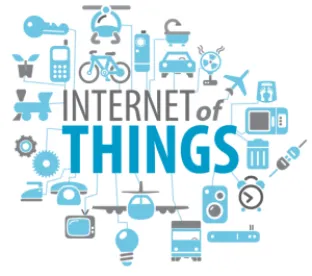The Internet of Things (IoT) promises a societal transformation based on a virtuous circle of constantly improving connectivity, integration, data, intelligence, and automation. One important element of this transformation is the workplace. As early IoT adopters are discovering, though, workplace implementation is often a slog rather than a splash.
Get By with a Little Help from Your End-to-Ends
According to a report from HCL Technologies, in partnership with Vanson Bourne, many companies are “not taking the right path to overcome” the security, scalability, interoperability, and other difficult IoT challenges they face. The report reiterates the value of the approach we highlighted in a recent post—engage experienced external providers to help formulate and execute end-to-end IoT solutions. Companies can distinguish themselves by working with outside experts to choose and customize a secure and scalable platform, unlock asset value, manage support and maintenance, connect silos, curb IoT-related costs, and turn data into actionable insight.
BYO(IoT)D
Although companies might initially focus on integrating IoT into core business processes, they should also proactively update their policies and procedures to address employee use of IoT devices. Several concerns we previously raised regarding Bring Your Own Device (BYOD) programs are similarly applicable to the IoT workplace.
As with mobile phones and other devices typically associated with BYOD programs, IoT devices will inevitably (and quickly) become ubiquitous. Because employees would likely sidestep attempts to wholly prohibit IoT devices and because companies could tap into these devices for leaps in efficiency, savings, insight, and safety, broad restrictions are inadvisable. However, lack of proper training, controls, and security are likely to impair the business. As we discussed in a prior post, IoT devices that aren’t maintained and updated are particularly vulnerable to security failures. Given that connectivity and integration are key features, a breach in any IoT device could immediately spread throughout a company’s—and potentially its customers’—systems.
Companies should consider establishing a collaborative, evolving process with their employees to manage the risks and opportunities associated with the IoT workplace, including the following:
- Restrictions on IoT devices where security or operational risks outweigh expected benefits
- Training programs on IoT devices and related policies
- Policies on registration, use, network access, and maintenance of IoT devices
- Policies on use, storage, disclosure, and ownership of IoT data
- Policies on encryption and other security measures for IoT devices and data
- Policies on monitoring and enforcement of IoT rules
It’s All Connected
A deluge of devices and data is coming. Develop and implement a comprehensive IoT workplace strategy, guided by proven service providers, to steer clear of the muck.




 />i
/>i

